By Arnold Blumberg
“It is with artillery that one makes war.” So declared Napoleon Bonaparte, one of the Great Captains of military history and a born gunner himself.
In no war of the 19th century was this maxim so well illustrated as in the clash of arms between Mexico and the United States. Five primary operations formed the chronology of that conflict—Taylor’s battles in northern Mexico, Wool and Doniphan’s incursion into the north-central portion of the country, Kearney’s conquest of California, and Scott’s thrust from Vera Cruz to Mexico City. Two of these—Taylor’s and Scott’s—encompassed the largest and most numerous battles that decided the war in America’s favor. And in these campaigns the most effective resource in the United States’ arsenal proved to be her corps of artillery.
But before the outbreak of hostilities of that war, the role and quality of the regular artillery arm of the U.S. Army was a matter of uncertainty.
The Evolution of Artillery in the U.S. Army
From a wartime manpower authorization of 62,274 (of which only 35,000 actually served) in 1814, the Regular U.S. Army was reduced seven years later by Congress to a little over 6,000 enlisted men. The artillery branch was consolidated into four regiments by the combination of the Corps of Artillery (12 battalions of coastal and heavy guns), the Light Artillery Regiment (6- to 24-pounder field pieces), and the Ordnance Department. The Army Reorganization Act of 1821 established the 1st, 2nd, 3rd, and 4th Artillery Regiments. There were nine companies per regiment, and one from each regiment was to be designated and equipped as light artillery.
The 1820s and ’30s proved to be a period of growth and professionalism for the nation’s artillery force. The Military Academy at West Point began a course of instruction for its cadets using the latest manuals and concepts for artillery. Assignment to the artillery, second only to the engineers, was the reward for those who attained the highest academic achievements at the Point.
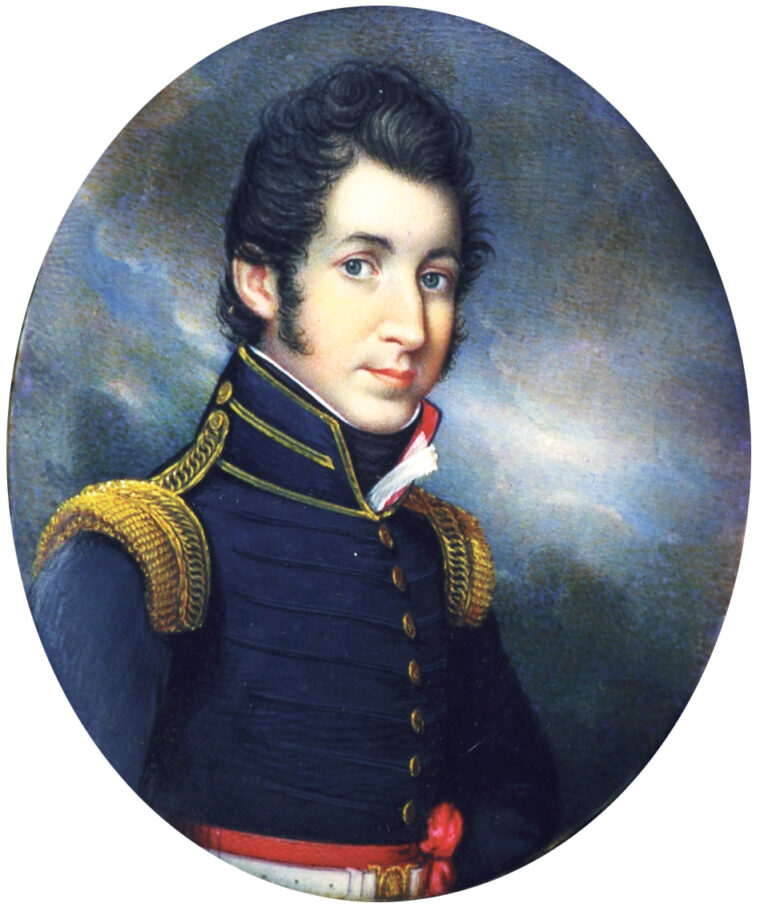
In April 1824 Secretary of War John C. Calhoun ordered the creation of the Army’s first postgraduate school, the Artillery School of Practice at Fortress Monroe, Va. Ten companies of artillery were to be drawn from the four regiments and formed as an “Artillery Corps for Instruction” at the school. Further, after finishing his four years at the Military Academy, each lieutenant assigned to the artillery branch was to receive a year’s additional training at Fortress Monroe. By the time of the Mexican War almost every American officer of artillery had received good theoretical and practical training experience in his profession-at-arms.
The 1830s also saw the U.S. Army embroiled in one of the most bitter and difficult of its Indian wars, with officers and men from the artillery service (especially from the 2nd and 3rd Artillery Regiments) participating as infantry. The six-year Seminole War in Florida caused an increase in strength of each artillery company with the addition of 16 more enlisted men to each formation. It also served to give American artillery officers and men combat experience (at least as infantrymen) and trained many of the former in engineering skills that were put to use by the Army in building the roads, bridges, harbors, and fortifications that marked the growth of the nation during the first half of the 19th century.
Poinsett Pushes for Light Artillery
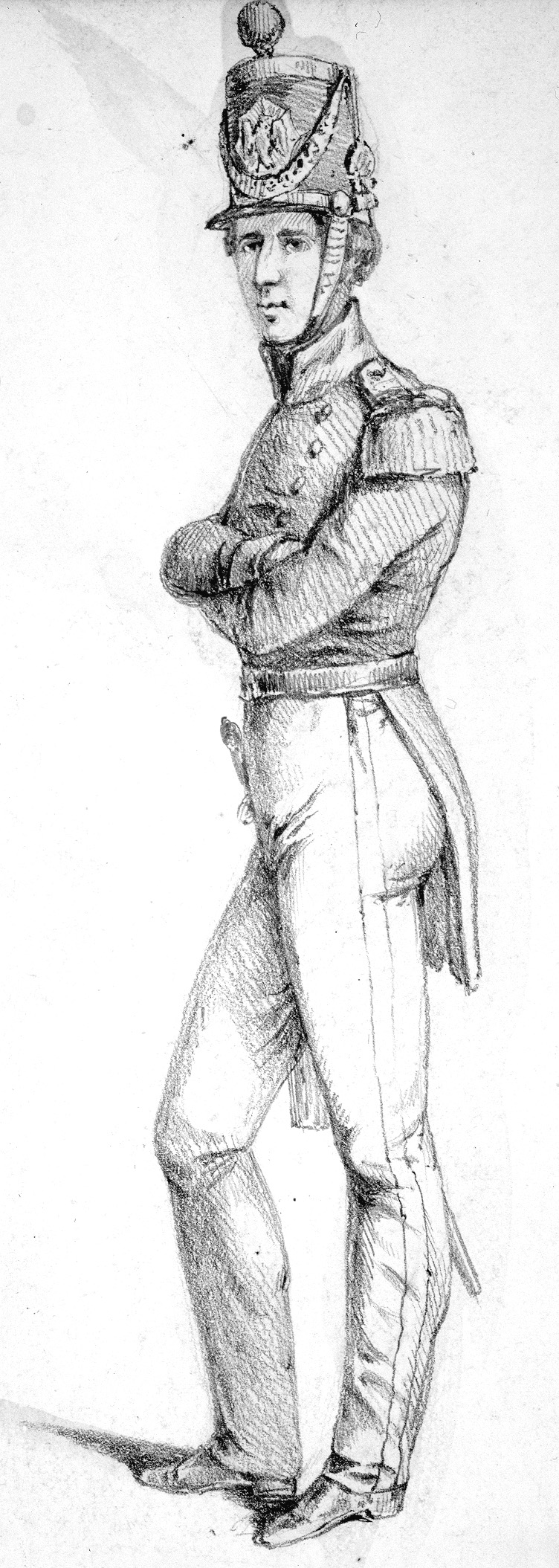
The U.S. Army in general, and the artillery service in particular, had the good fortune to be overseen by a man of great ability and foresight in the years immediately leading up to the outbreak of the war with Mexico. Secretary of War Joel L. Poinsett headed the War Department from March 1837 to March 1841. Until he gained that office, the artillery arm served mainly as foot soldiers spread along the Atlantic coast in seaside fortifications, as well as distributed along the western frontier in penny-packet numbers.
In 1838 the secretary pushed through the provisions of the 1821 Army Reorganization Act that allowed one company from each of the four existing artillery regiments to be mounted and equipped as light artillery. Although authorized 17 years before, preceding secretaries of war had been loath to carry out this provision of the act owing to lack of imagination, their own limited technical knowledge of artillery, and the cost of maintaining horses to pull a battery’s guns and accompanying support vehicles. As a result, from 1821 to 1837, few horses ever served with the artillery, making that component of the army almost immobile.
Between December l838 and the following year Poinsett got Congress to create the four companies of light artillery provided for in 1821. His test case was Brevet Major Samuel Ringgold’s Company C, 3rd Artillery Regiment, made up of members of the lst and 2nd Regiments. A veteran of the Seminole Wars, in 1838 Ringgold received six (or four depending on the source) 6-pounder bronze cannon and enough horses to mount every man in his company. Battery maneuvers held the next year at Camp Washington near Trenton, NJ, in front of influential political and moneyed guests excited such admiration that Congress soon after appropriated the funds to mount the remaining three companies as light artillery. Thus the U.S. Army had true light field artillery for the first time since 1808.
About this time light artillery doctrine was codified by a manual describing its tactics and use. The Instruction for Field Artillery, Horse and Foot was a translation of a French service manual. The translator and compiler was 1st Lt. Robert Anderson, 3rd Artillery. (Anderson later became famous as the defender of Fort Sumter, SC, in 1861.) Authorized in 1841, Anderson’s instructions would be the officers’ guide for the use of American field artillery until 1845. After 1845 Anderson’s manual was supplanted by a course of instruction managed by the Army.
In the years between 1841 and the commencement of the war with Mexico, new secretaries of war tried to have all the light artillery units dismounted in order to save the cost of maintaining them. Up to the start of the war, steps had been taken to reduce the number of cannon—and therefore the expense of maintaining horses, material, and crew in each company—from six to four, the fifth and sixth guns to be put in storage until a war actually broke out. Fortunately, the Commander-in Chief of the Army, General Winfield Scott, vetoed that effort, thus allowing American light artillery to enter the next conflict at peak strength, well trained and with cohesive units. That “next conflict” erupted for all intents and purposes in the summer of 1845.
It was on July 4 of that year that Texas accepted annexation by the United States. Immediately the U.S. government sent an army under General Zachary Taylor, then stationed at Fort Jesup, La., to enter Texas territory in order to assert U.S. sovereignty. March 1846 saw Taylor’s small force (about 3,500 men) advance to the Rio Grande River, the boundary the United States insisted separated Mexico from its newly acquired lands.
With the American army marched the light artillery of Lieutenant Braxton Bragg’s Company E, 3rd Artillery Regiment. Arriving at the Rio Grande with only four pieces—two cannon and two howitzers—Bragg would not have a complete and modern battery until mid-May. Along with Bragg came Major Ringgold’s Battery C, 3rd Artillery, and Captain James Duncan’s Company A, Second Artillery. The fourth light artillery company would not join up with Taylor until the army was deep in northern Mexico. Captain John M. Washington’s Company B, 4th Artillery Regiment, was directed to take part in the concentration of American forces assembling at San Antonio. Twelve other Regular Army artillery companies that became a part of Taylor’s force would serve as infantry until the end of hostilities.
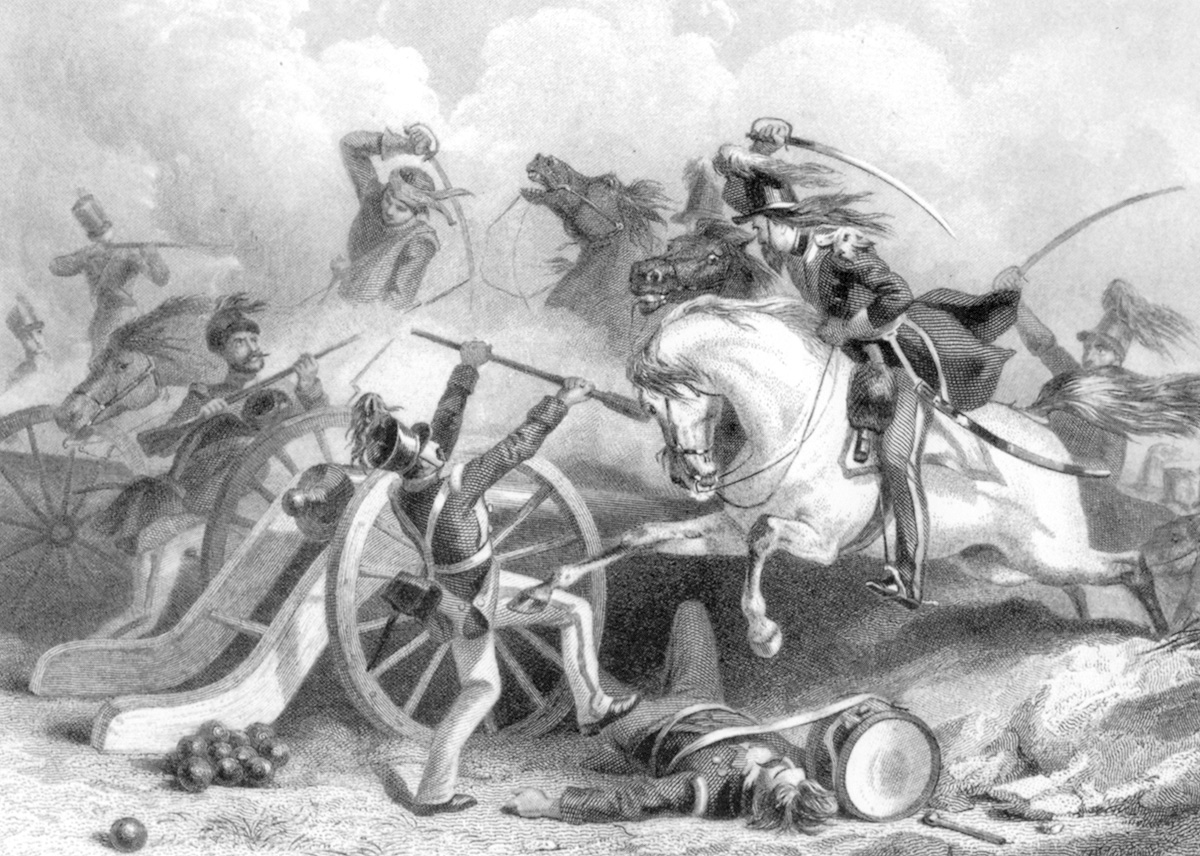
The Light Artillery Equipment and Weapons
The light artillery pieces that served Taylor and then Scott so well were made of bronze (commonly called brass) consisting of nine parts copper and one part tin. The bronze cannon used by the Americans suffered little from oxidation and were sturdier, more reliable, and less prone to barrel burstings than guns made of iron. After 1835 the Army’s Ordnance Department phased out the manufacture and use of iron pieces. And the creation of the Ordnance Manual of 1841 established a complete artillery system ranging from weapons and organization to how to move and fire cannon.
The new M1840 brass cannon—the 6-pounder (the mainstay of the light artillery), 12-pound gun, and 12-pound howitzer—were the armament of the light batteries. During the northern Mexico campaigns of 1846 and 1847 these units comprised four guns with a mixture of the above-mentioned pieces making up each battery. The 6-pounder had a bore diameter of 3.67 inches, weighing 880 pounds. With a tube length of 65.6 inches it could throw a projectile 1,500 yards. In practice the crews usually fired at ranges of 1,000 yards or less. The 12-pounder sported a bore of 4.62 inches, a 85-inch-long barrel, weighed in at 1,800 pounds, and had a maximum range of l,600 yards. The 12-pounder bronze howitzer had a bore of 4.62 inches, weighed 785 pounds, and could fire its ordnance 1,000 yards through its 58.6-inch-long gun tube. All of the M1840 series of artillery pieces were smoothbores.
The three artillery types just described were highly mobile in the field, being carried on a two-wheel carriage made of white ash with a box trail, the piece behind the gun that touches the ground. The woodwork on all the battery equipment was painted mustard.
Each gun type could fire solid shot, spherical case, and canister. These might be “fixed” round (a complete round made up of a single unit), “semi-fixed” (a round of two components), or “unfixed” (ammo where the powder charge and the projectile could be varied). Each limber to which the gun was attached for transportation carried one 600-pound ammunition chest; every two-wheeled caisson carried two. In combat the light artillery companies could fire their ordnance at a rate of one missile every 10 to 15 seconds—over five times that of their Mexican opponents.
The Men Who Serviced the Light Artillery
The light artillery companies that served in the war were officered by graduates of the U.S. Military Academy at West Point. Many of the NCOs and enlisted men had had training at either Fortress Monroe or the School of Artillery Instruction at Carlisle Barracks in Pennsylvania. The crew of a light artillery battery consisted of the following members as proscribed by a congressional act of August 1842: one captain, two 1st and one 2nd lieutenant, four sergeants, four corporals, two artificers, two musicians, and 42 privates. By 1846 the authorized enlisted-man strength for a battery was a hundred men so that the company could employ six guns. The term of service was five years for enlisted men.
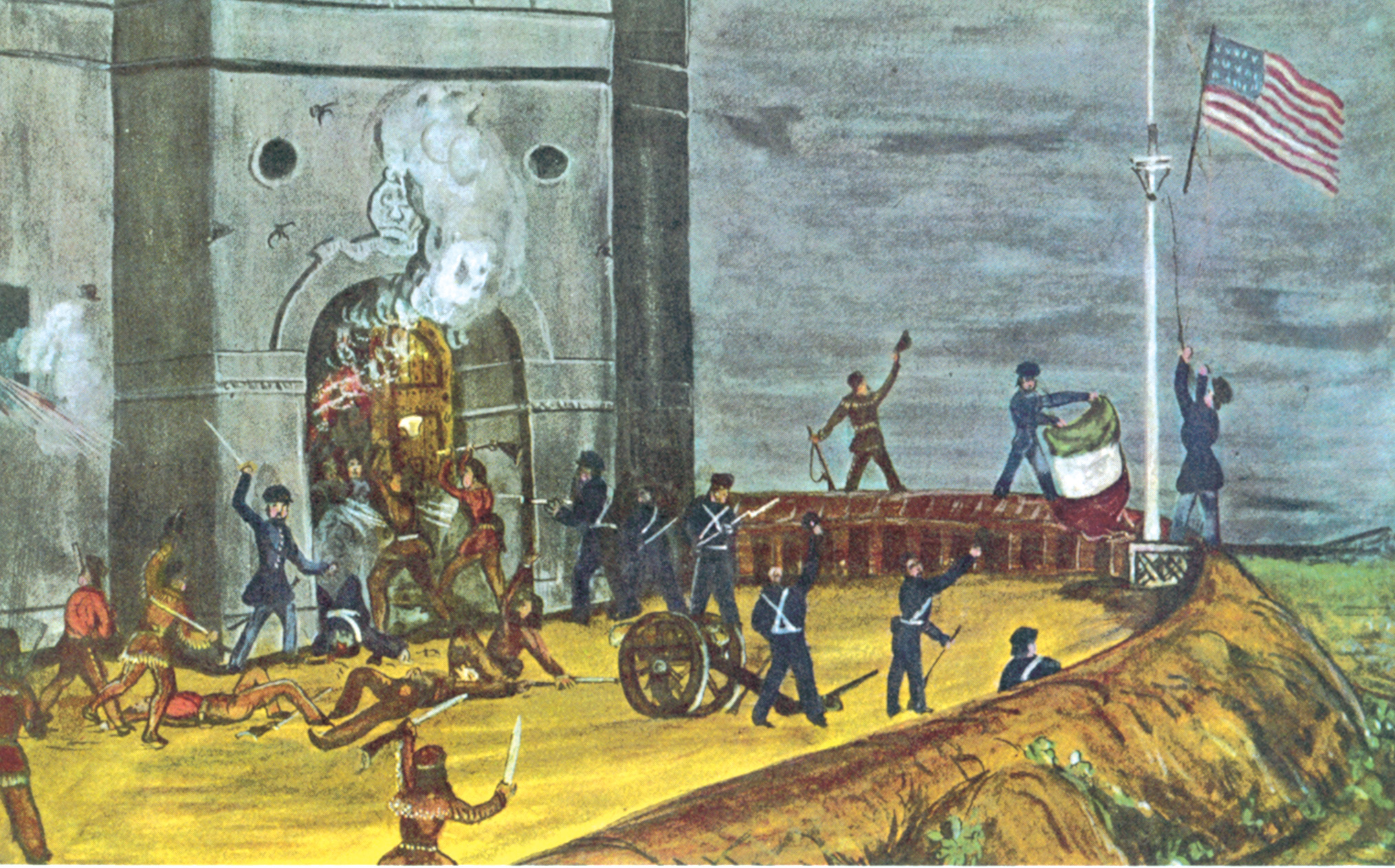
Tactically, each gun in a light battery during the Mexican War was serviced by eight enlisted men. The gun commander was in charge of the piece and was responsible for aiming the cannon. A lieutenant would normally take control of two guns when they were detached from the rest of the battery. During battle the light companies would employ the practice of advancing in front of friendly troops and deliver fire on the enemy at about 1,000 yards or less. A hallmark of American light artillery tactics was the judicious use of such detachments of one or two guns to meet multiple threats from the enemy. Many times separate batteries would lend support fire to other gun units to increase the effectiveness of the fire placed on the enemy. Both of these methods were very successful at the Battles of Palo Alto (May 8,1846) and Buena Vista (February 22-23, 1847).
Mobility was key to these American tactics. Lighter guns and carriages, teams of six horses per gun, handled by well-trained soldier-drivers, made the superior armament of the Americans—and the outstanding aggressiveness of its officers—effective on any part of the battlefield at any time, in any number of fire concentrations and combinations.
During Scott’s Mexico City Campaign (March to September 1847) the light guns were of less effect due to mountainous and marshy ground. But the light artillery did good service by lending direct fire support to the infantry it was paired with when the latter had to storm strongly held Mexican positions such as at the Battles of Cerro Gordo (April 18,1847) and Chapultepec (September l3, 1847). And even in urban fighting at the Battle of Monterrey (September 20-24, 1846), 6-pounders were hauled onto rooftops to better fire at Mexican fortified positions. The presence of these off-the-ground guns hastened the surrender of the city.
Lessons Not Learned
The Mexican-American War proved that Regular Army light artillery in the service of the United States was a weapon that could obtain battlefield superiority, if not supremacy, over its enemies. Its officers proved to be masters of artillery tactics, theory, and gunnery as well as highly motivated brave young men who were not afraid to experiment with new ways to ply their trade. The aggressive use of the light artillery during the war, either in support roles or acting independently, made the difference between victory and defeat in the struggle with Mexico.
Light artillery’s use also convinced American military leaders that the offensive was more powerful than the defensive. (Artillery, even light ordnance, could still outrange the smoothbore muskets of the period.) As a result, the officers in command of the Union and Confederate armies during the War Between the States, many of whom fought in Mexico, would conduct a war between 1861 and 1865 with little understanding that the times and new weapons technology had changed the nature of warfare, and that the defense now held the upper hand. This military misapprehension would cost the nation dearly in loss of human life.
Arnold Blumberg, an attorney from Baltimore, Md., has had a long-abiding interest in military history concerning the musket and saber period.
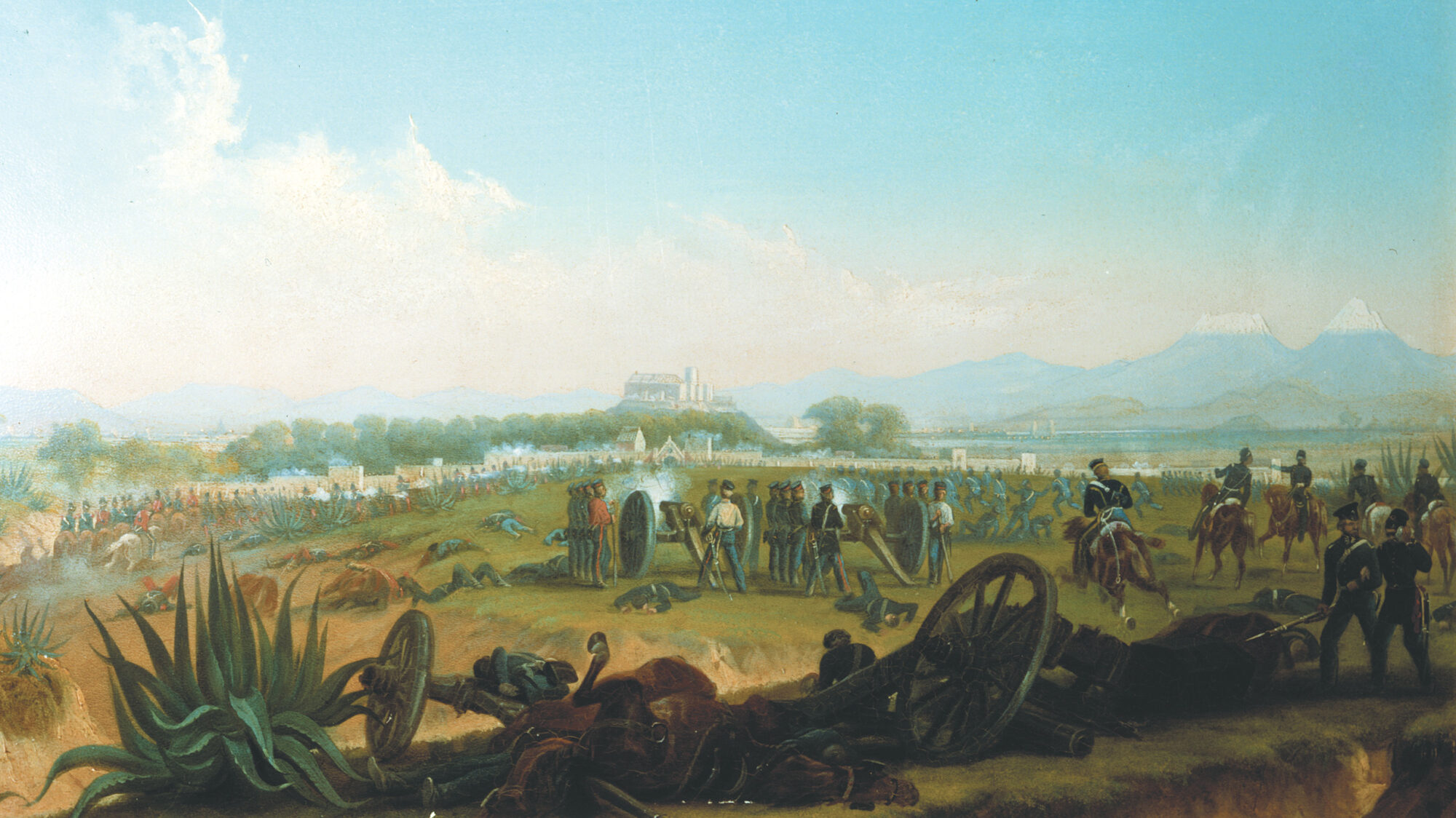
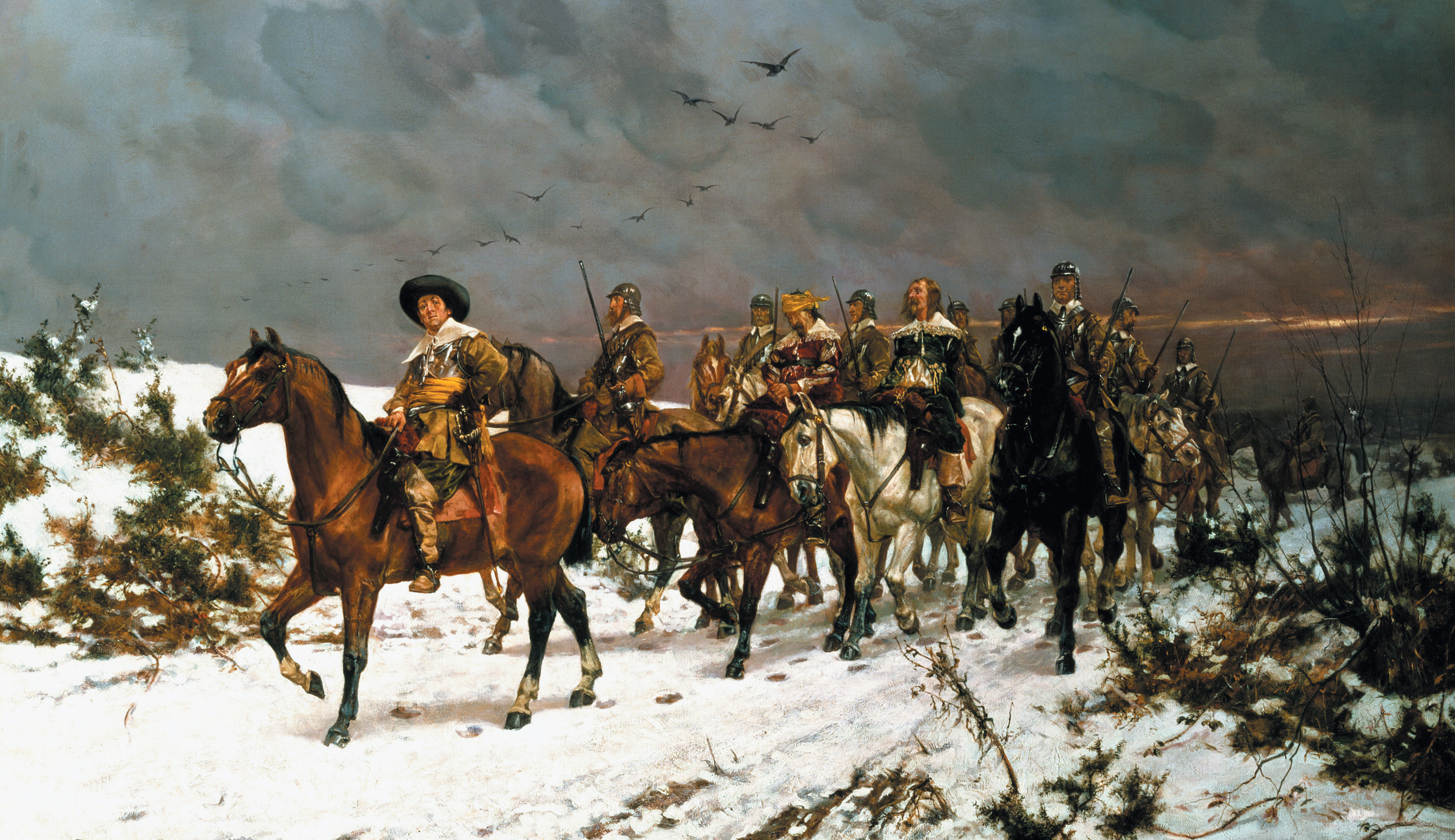

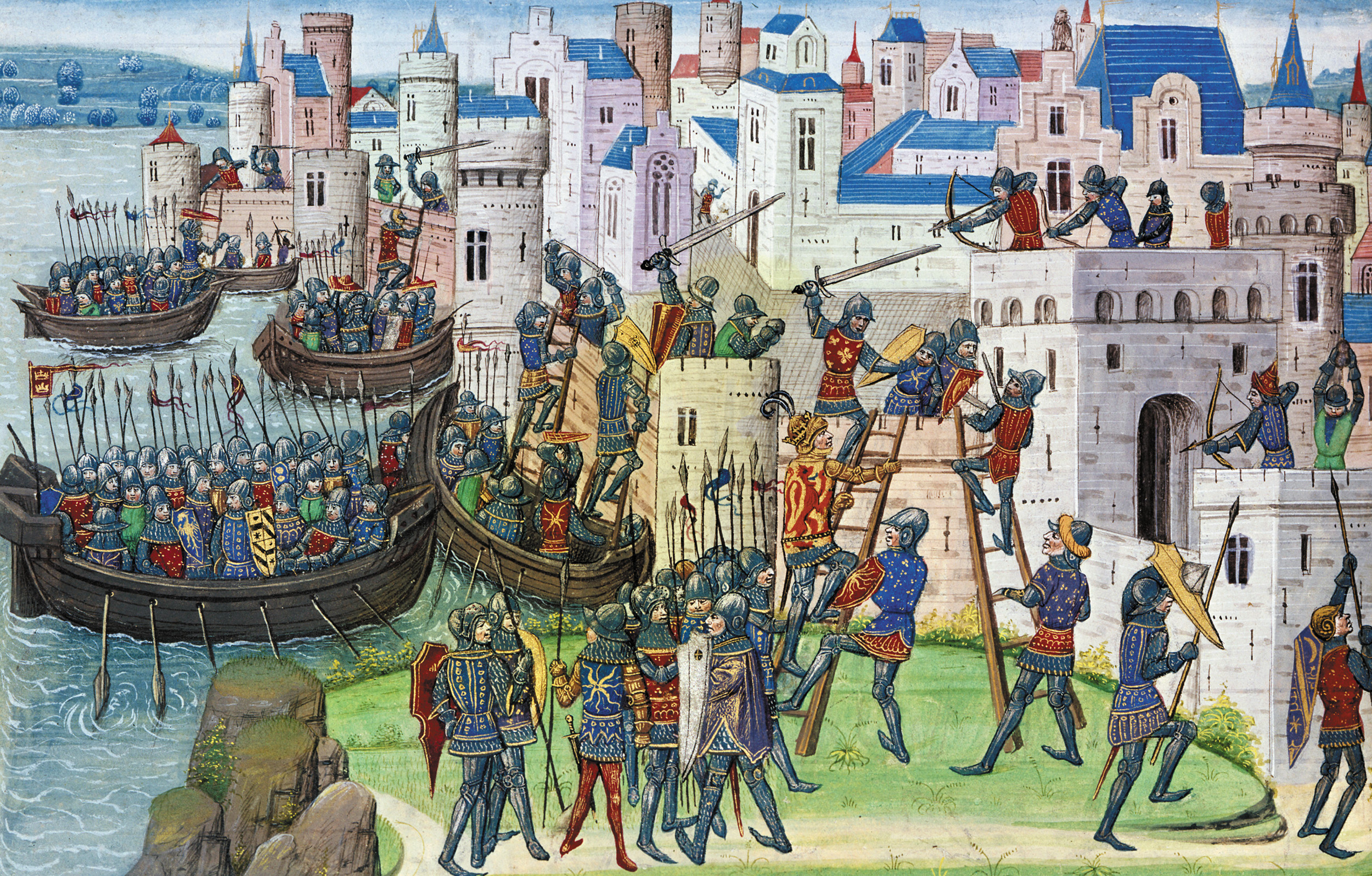
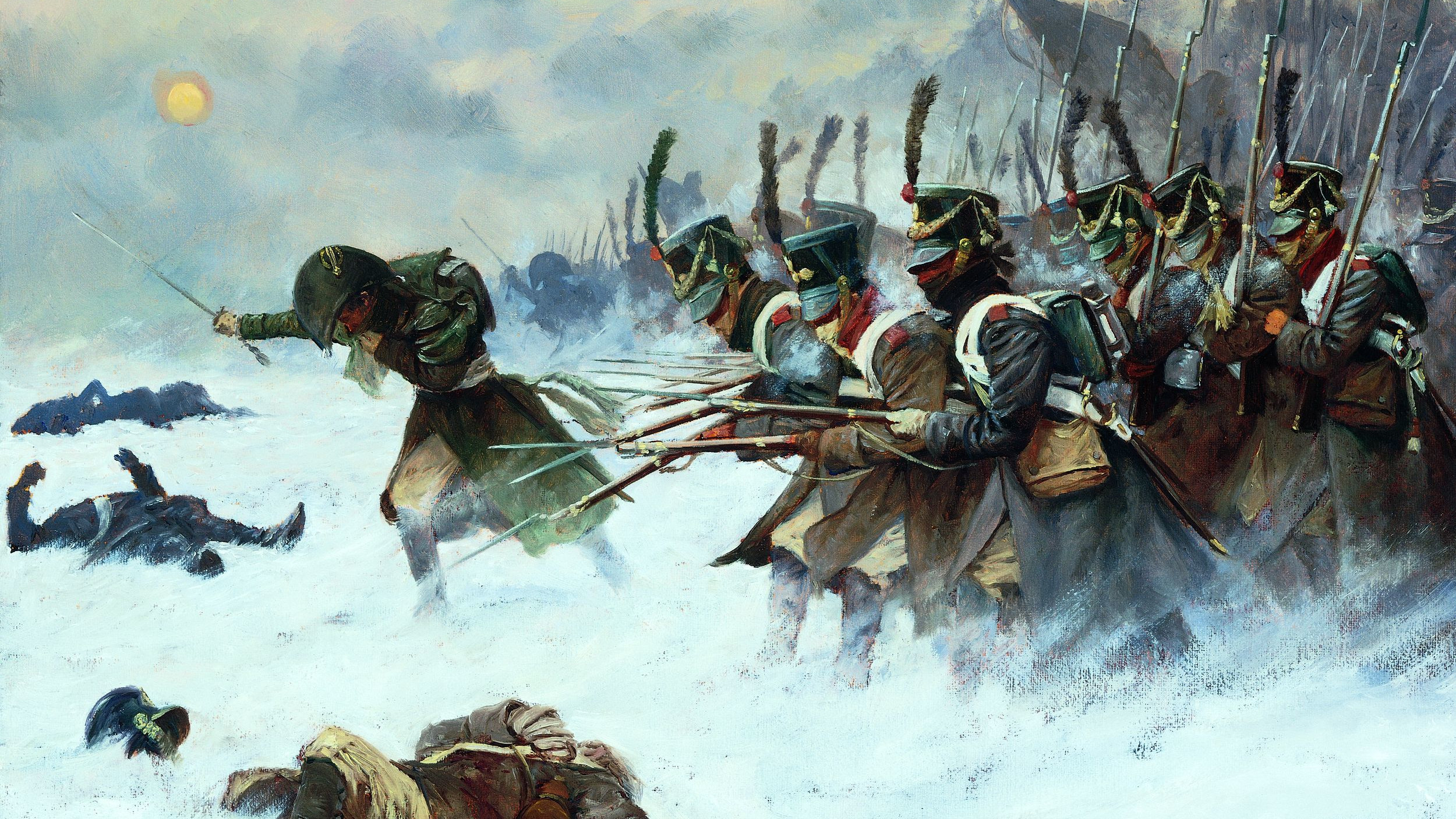
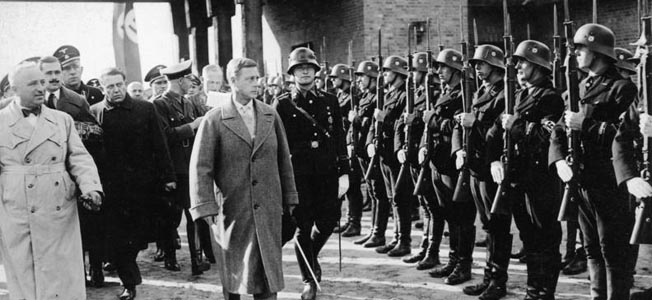
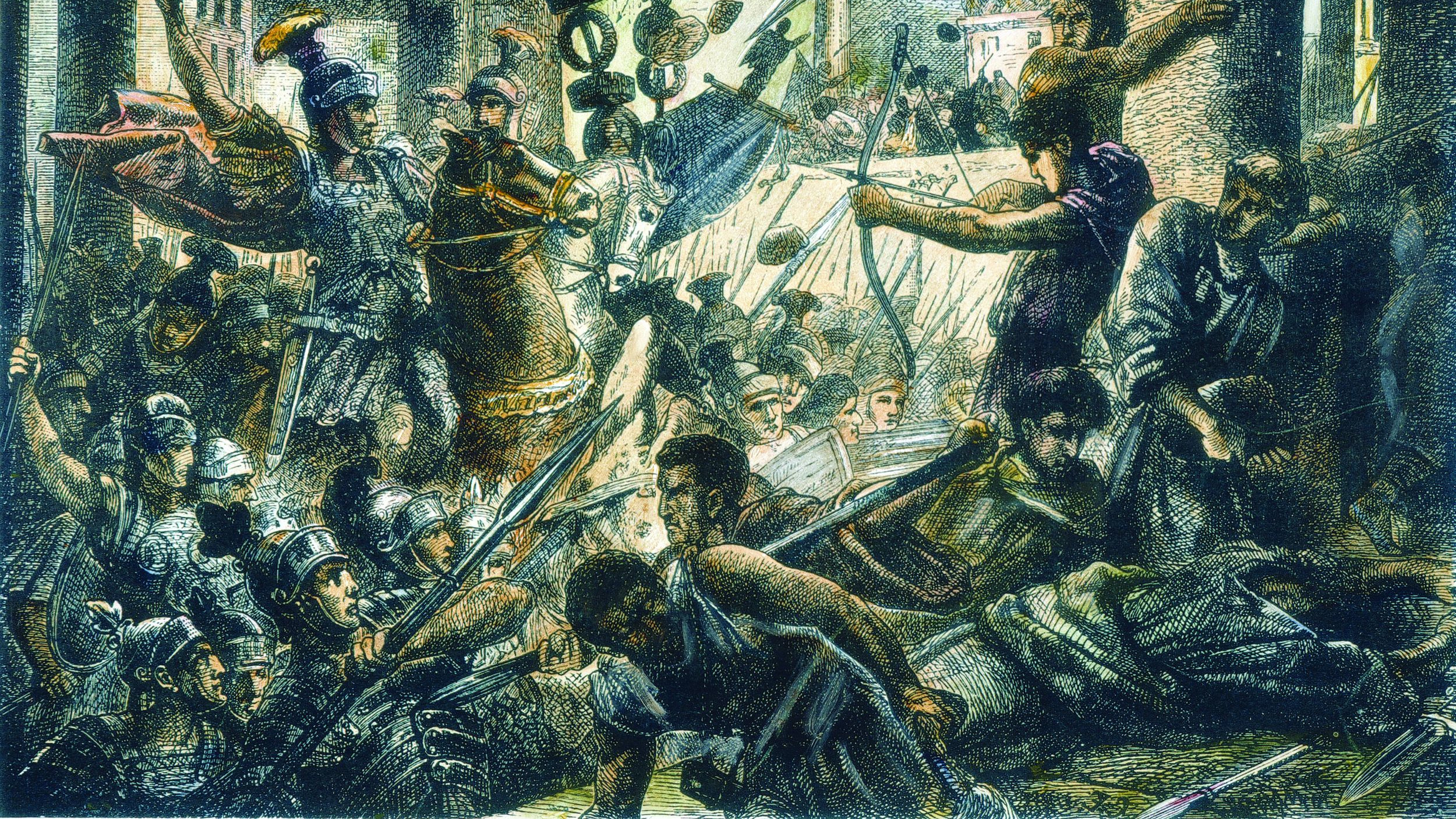
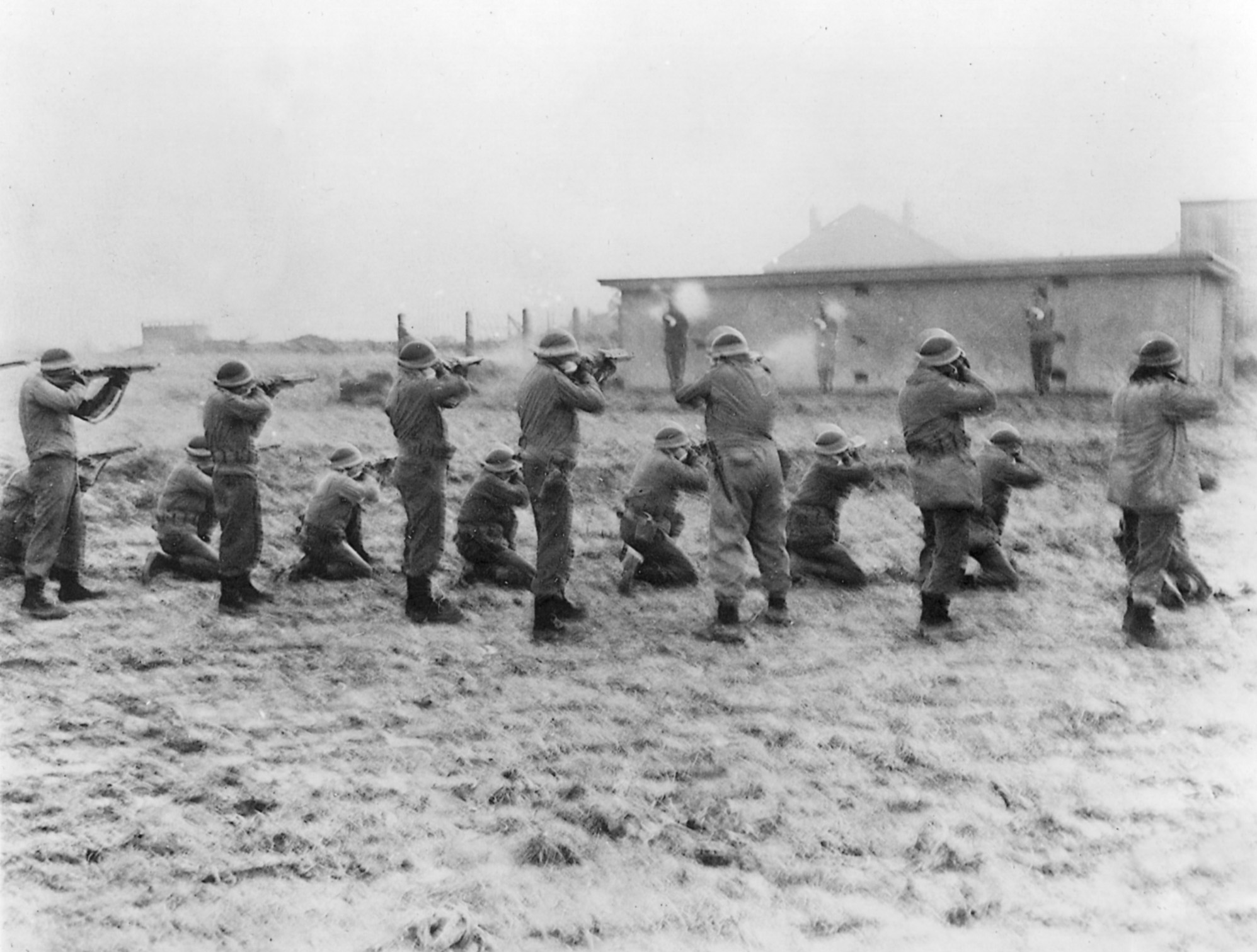
Join The Conversation
Comments
View All Comments